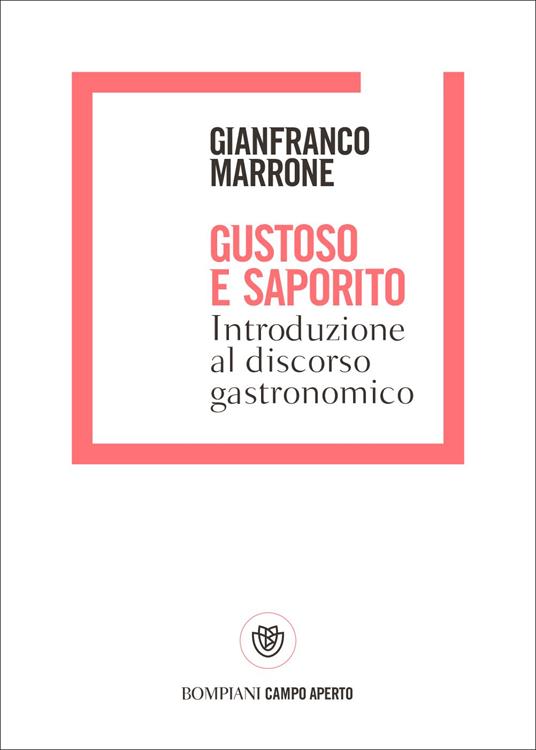Tasty and Savory
An Introduction to the Gastronomical Discourse
ISBN: 9788830106383
publisher: Bompiani
year: 2022
pages: 376
«Tasty and savory: what this strange expression that connects-and at the same time separates-two practically synonymous terms is supposed to mean? To what does the title of this book allude? To what ambivalence does it refer?... What does discourse, a linguistic term, have to do with gastronomy, the stuff of amateur cooks, expert charcutiers, and restaurant critics?»
With Tasty and Savory Gianfranco Marrone lays the foundation for the semiotics of food that he has developed in recent years through field research and methodical theorization.
From Bosch to Massimo Bottura, from Goya to Michel Bras, as well as Gualtiero Marchesi’s takes of Pollock’s dripping, Aristotelian physiology of taste and Brillat-Savarin, passing through the ‘sarde a beccafico’ of the Sicilian culinary tradition and grandmother’s recipes, Marrone helps us to discover that «the semiotic nature of food – communicative, and above all meaningful – goes beyond food itself, its wide range of sensitive qualities (flavors, smells, shapes and colors, temperatures, textures and related synaesthetic intersections), creeping in everywhere: from the nooks and crannies of the kitchen to the rituals of the table, from cooking techniques to the tools to make them possible, from the choice of ingredients to the use of leftovers.» There is no duality between food and the ways of talking about it: «We eat signs, always and in any case, we cook many others, we ingest or donate them, we expel their waste, and at the same time we discuss the food, we judge it, we narrate it, transferring to others, often to our own diners, the set of meanings that, by discussing it, it summarizes.»
If food ‘means’ (i.e., elaborates values, narrates, constructs discourses) and also ‘communicates’ (presides over the social field, animates debates, unfolds in events, generates economy) it is because it has at its core two languages: the savory, which leads us to cognitive recognition of what is tasted, to knowledge, to culture; and the savoring of food related to the savory, with which we sensorially perceive aromas, temperatures, textures.
The attempt at a ‘gastronomic discourse’ thus goes beyond the opposition between senses and intellect, perception and cognition, to «reconstruct the interweaving of two different languages, two systems of meaning both endowed with a level of expression and a level of content.»

